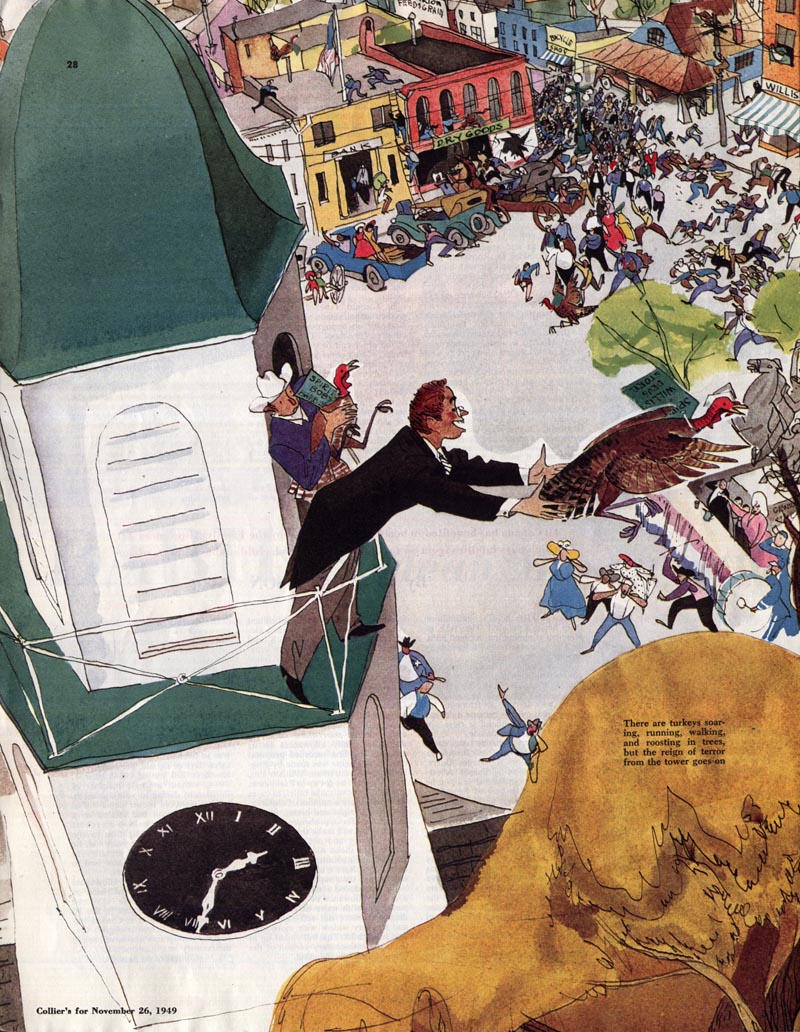
At one point things got so bad that he was forced to make a craft paper turkey for the Thanksgiving table. He couldn't afford to buy a real one. Hurst always had a great sense of humour. Luckily, so did his wife!
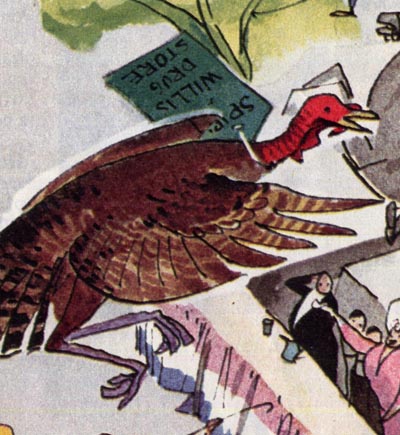
Even when things looked terribly bleak, he and Edna somehow managed to laugh and have faith that better times lay ahead.

Hurst refused to wallow in misery and self pity. He simply wouldn't give up his dream. He even turned down a wealthy relative who offered him a lucrative business partnership because he was determined to make it in the art game.
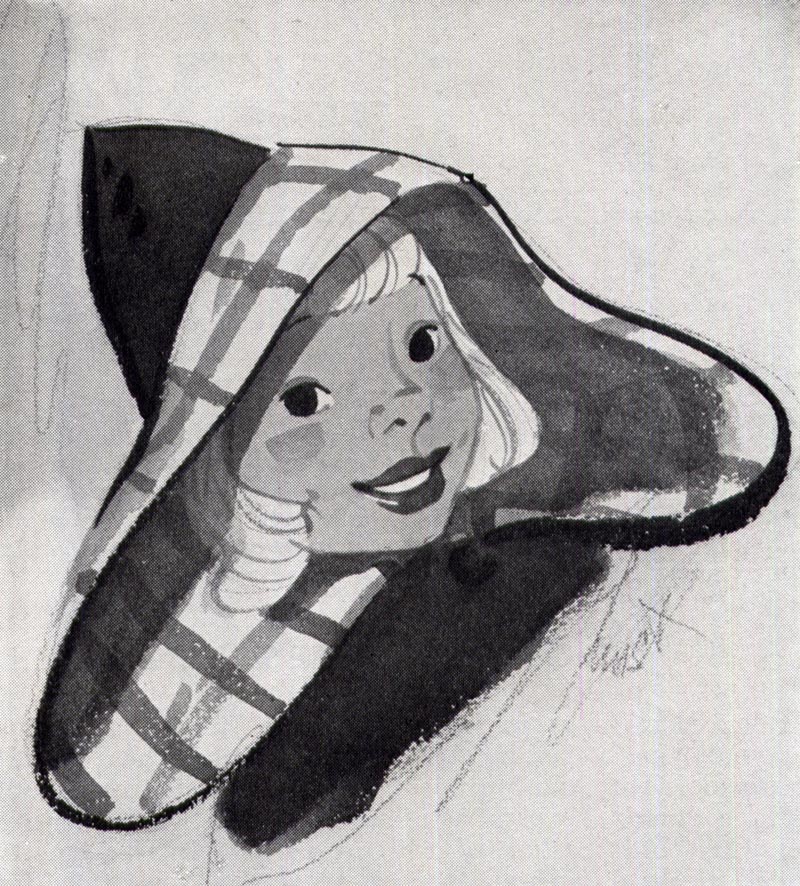
Hurst said the turning point came when an important advertising client expressed his disappointment in the quality and price of a batch of illustrations he had commissioned. Hurst, desperate to make as much money as quickly as possible had taken on too much in too short a period of time - and it showed - AND he was asking too high a price of his client for the sub-standard work. The two men nearly came to blows over the situation!
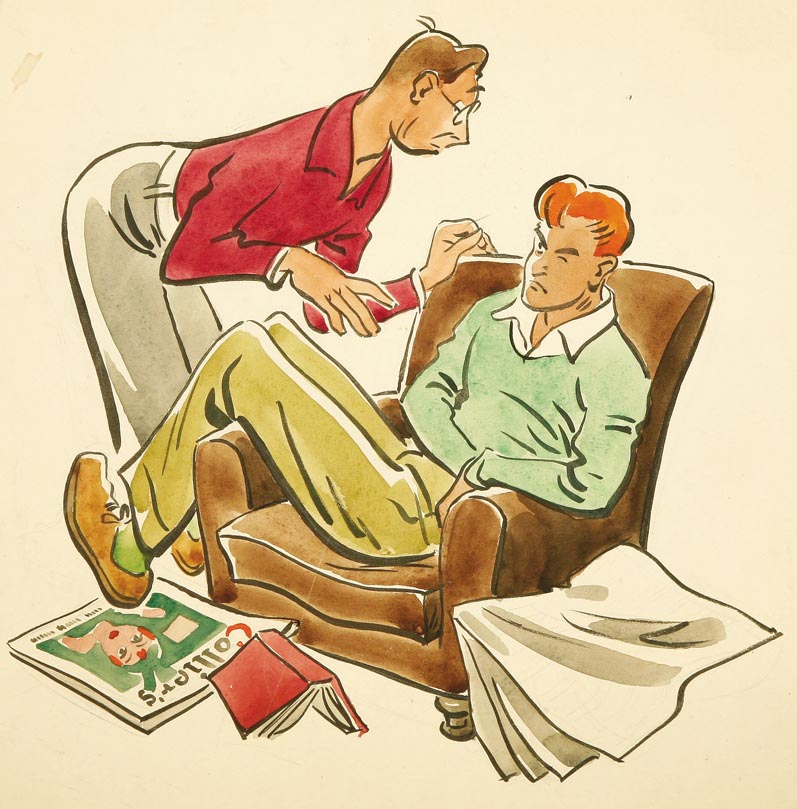
When both had calmed down, the client challenged Hurst to do five pieces of finished art for each assignment that required only one, then deliver only the piece he felt was his best of the five - a notion Hurst at first thought was insane. But when he finally took up the gauntlet and completed the challenge he suddenly realized his client had been right.
"As I examined those five drawings, standing against my studio wall," said Hurst, "I was really shocked to think that according to former procedure I would have delivered the first one, truly a fumbling performance compared with the subsequent drawings. From then on I followed [that client's] plan religiously."
By the early 1940s Earl Oliver Hurst - who earlier could not convince his client to pay him the princely sum of $85 per drawing - was commanding $1,000 per illustration from his advertising clients.
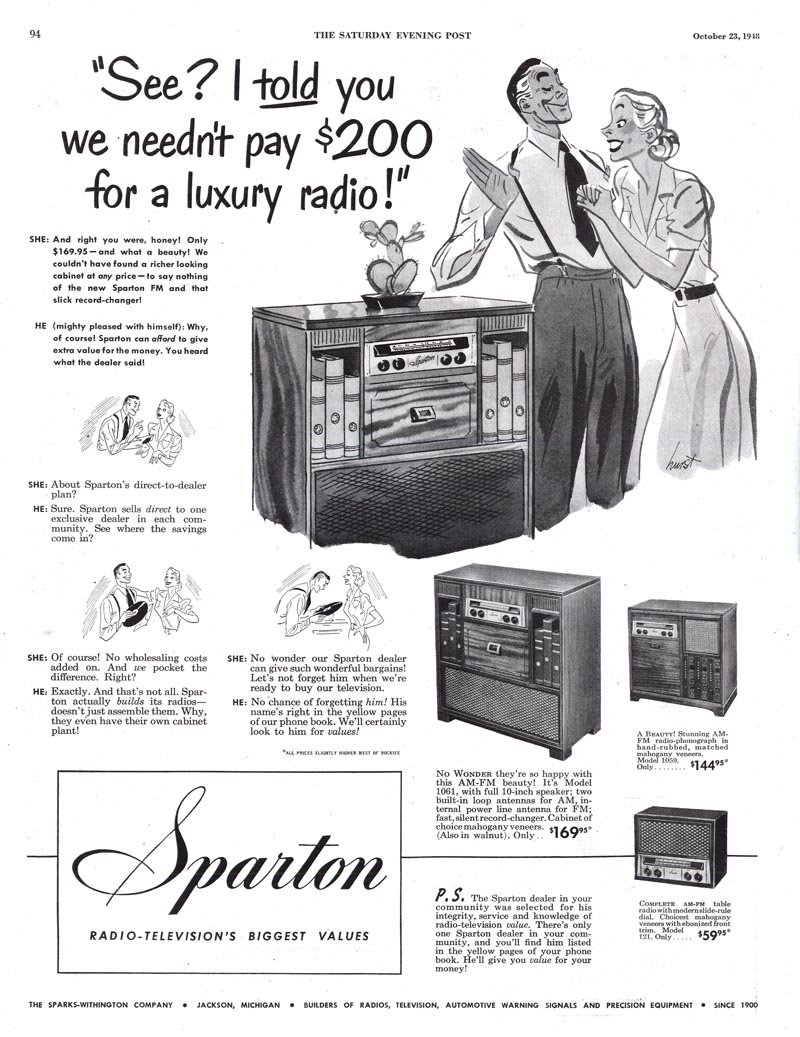
Hurst recalled, "In a few months I had justified [that client's] faith in me and the great wisdom of his advice - I was soon doing far more important work than had ever come to me preceding my move to New York."
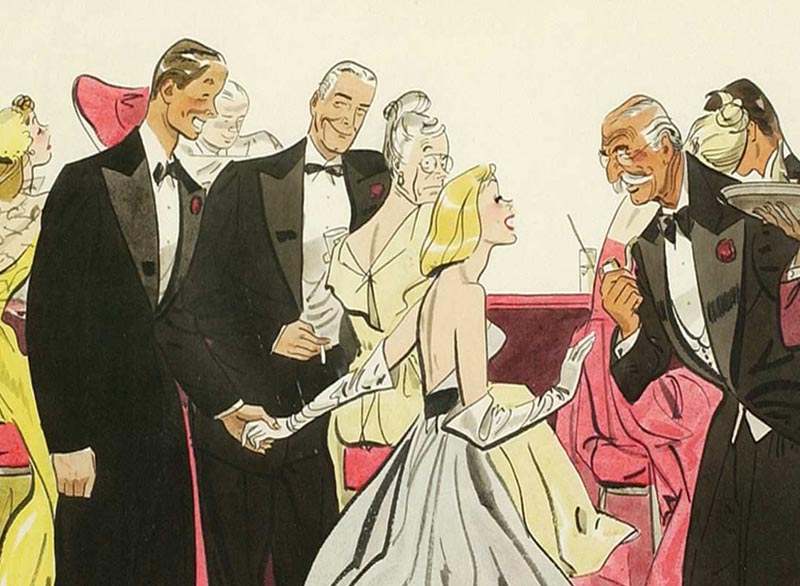
* Thanks to Heritage Auctions for allowing me to use the scans of some EOH originals from their archives in today's post.
* My Earl Oliver Hurst Flickr set.






0 comments:
Post a Comment